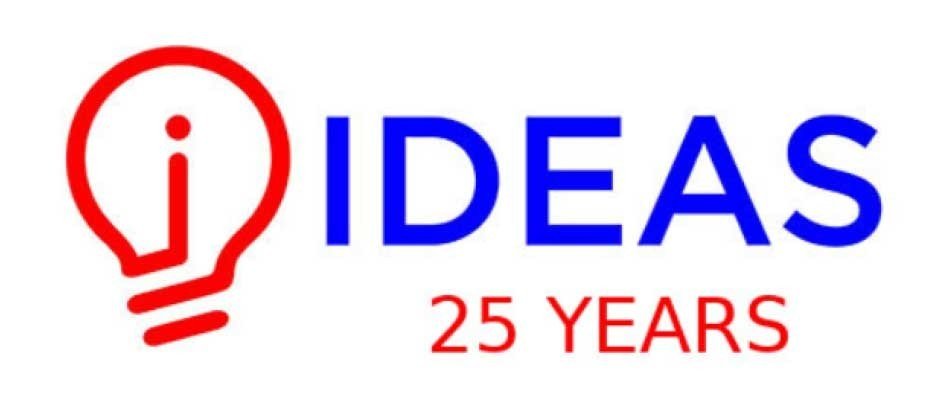| ISSN | 2615-9813 |
| ISSN (số cũ) | 1859-3682 |
Số 226 | Tháng 01/2025
Hiệu ứng momentum thị trường chứng khoán Việt Nam
Đoàn Thanh Hà, Phạm Gia Cát, Nguyễn Ngọc Huyền, Dương Văn Chí
Tóm tắt:
Nghiên cứu này tập trung phân tích hiệu ứng momentum trên thị trường chứng khoán (TTCK) Việt Nam nhằm xác định các chiến lược đầu tư mang lại lợi nhuận vượt trội và kiểm tra tác động của các yếu tố rủi ro đến hiệu quả của chiến lược. Dữ liệu sử dụng trong nghiên cứu bao gồm các cổ phiếu niêm yết trên sàn HOSE từ ngày 31/12/2017 đến ngày 31/12/2022. Chiến lược momentum đạt hiệu quả cao nhất khi danh mục được xây dựng trong bốn tuần và nắm giữ trong một tuần, với lợi nhuận trung bình 1,17% mỗi tuần. Phân tích hồi quy Fama-MacBeth cho thấy tỷ lệ lợi nhuận trong các khoảng thời gian liên tiếp có mối liên hệ cùng chiều. Các yếu tố rủi ro như quy mô và giá trị tác động cùng chiều đến hiệu quả chiến lược, trong khi yếu tố beta có ảnh hưởng ngược chiều. Kết quả còn cho thấy lợi nhuận bất thường trong các nhóm con của danh mục không thấp hơn toàn bộ danh mục, và chiến lược momentum có thể áp dụng rộng rãi trên TTCK Việt Nam.
Tài liệu tham khảo:
- Alhenawi, Y. (2015). On the interaction between momentum effect and size effect. Review of Financial Economics, 26(1), 36-46.
- Bali, T. G., Brown, S. J., & Tang, Y. (2017). Is economic uncertainty priced in the cross-section of stock returns? Journal of Financial Economics, 126(3), 471-489.
- Barberis, N., Shleifer, A., & Vishny, R. (1998). A model of investor sentiment. Journal of financial economics, 49(3), 307-343.
- Bodie, Z., Kane, A., & Marcus A. J. (2017). Investments (10th ed.), UK: McGraw- Hill/Irwin.
- Conrad, J., & Kaul, G. (1998). An anatomy of trading strategies. The Review of Financial Studies, 11(3), 489-519.
- Daniel, K., & Titman, S. (1999). Market efficiency in an irrational world. Financial Analysts Journal, 55(6), 28-40.
- Daniel, K., Hirshleifer, D., & Subrahmanyam, A. (1998). Investor psychology and security market under‐and overreactions. The Journal of Finance, 53(6), 1839-1885.
- Fama, E. F. (1970). Session topic: stock market price behavior. The Journal of Finance, 25(2), 383-417.
- Fama, E. F., & French, K. R. (1993). Common risk factors in the returns on stocks and bonds. Journal of financial economics, 33(1), 3-56.
- Fama, E. F., & MacBeth, J. D. (1973). Risk, return, and equilibrium: Empirical tests. Journal of political economy, 81(3), 607-636.
- Gilbert, E., & Karahalios, K. (2010). Widespread Worry and the Stock Market. Proceedings of the International AAAI Conference on Web and Social Media, 4(1), 58-65.
- Gutierrez Jr, R.C., & Kelley, E. K. (2008). The long‐lasting momentum in weekly returns. The Journal of Finance, 63(1), 415-447.
- Insights, H. (2021). Compare Countries—Hofstede Insights. 2020.
- Jegadeesh, N., & Titman, S. (1993). Returns to buying winners and selling losers: Implications for stock market efficiency. The Journal of finance, 48(1), 65-91.
- Jegadeesh, N., & Titman, S. (2002). Cross-sectional and time-series determinants of momentum returns. The Review of Financial Studies, 15(1), 143-157.
- Lesmond, D. A., Schill, M. J., & Zhou, C. (2004). The illusory nature of momentum profits. Journal of financial economics, 71(2), 349-380.
- Li, H. (2022). Research on Long-lasting Momentum Factor in Weekly Returns of the Chinese Stock Market. In 2022 2nd International Conference on Enterprise Management and Economic Development (ICEMED 2022) (pp. 429-435). Atlantis Press.
- Maneejuk, P., Zou, B., & Yamaka, W. (2023). Predicting Chinese stock prices using convertible bond: an evidence-based neural network approach. Asian Journal of Economics and Banking, 7(3), 294-309. https://doi.org/10.1108/AJEB-08-2023-0080.
- Newey, W. K., & West, K. D. (1987). Hypothesis testing with efficient method of moments estimation. International Economic Review, 777-787.
- Nguyễn Thị Yến & Lê Đức Khánh (2020). Hiệu ứng Momentum trên thị trường chứng khoán Việt Nam. Kinh tế & Phát triển, số 280 tr.29-38.
- Phan Trần Trung Dũng & Ngô Hồ Quang Hiếu (2019). Hiệu ứng động lực trên thị trường chứng khoán Việt Nam. Kinh tế và Quản lý, 2-9.
- Prananta, B. & Alexiou, C. (2024). Exchange rates, bond yields and the stock market: nonlinear evidence of Indonesia during the COVID-19 period. Asian Journal of Economics and Banking, 8(1), 83-99. https://doi.org/10.1108/AJEB-12-2022-0157
- Puarattanaarunkorn, O., Autchariyapanitkul, K., & Kiatmanaroch, T. (2023). An analysis of dependency of stock markets after unlimited QE announcements during COVID-19 pandemic. Asian Journal of Economics and Banking, 7(3), 310-332. https://doi.org/10.1108/AJEB-04-2023-0037
- Boussaidi, R., & Dridi, G. (2020). The momentum effect in the Tunisian stock market: Risk hypothesis vs. underreaction hypothesis. Borsa Istanbul Review, 178-195.
- Rouwenhorst, K. G. (1999). Local return factors and turnover in emerging stock markets. The journal of finance, 54(4), 1439-1464.
- Ryan, N., Ruan, X., Zhang, J. E., & Zhang, J. A. (2021). Choosing factors for the Vietnamese stock market. Journal of Risk and Financial Management, 14(3), 96.
- Tversky, A., & Kahneman, D. (1974). Judgment under Uncertainty: Heuristics and Biases: Biases in judgments reveal some heuristics of thinking under uncertainty. Science, 185(4157), 1124-1131.
- Võ Xuân Vinh & Võ Văn Phong (2019). Vai trò của quy mô đối với hiệu ứng momentum trên thị trường chứng khoán Việt Nam. Tạp chí Khoa học và Đào tạo Ngân hàng, 55-69.
Momentum Effect in the Vietnamese Stock Market
Abstract:
This study examines the momentum effect in the Vietnamese stock market to identify profitable investment strategies and assess the influence of risk factors on their effectiveness. Using data from stocks listed on the HOSE exchange between December 31, 2017, and December 31, 2022, the study finds that the momentum strategy performs best when portfolios are formed over four weeks and held for one week, yielding an average weekly return of 1.17%. Fama-MacBeth regression results indicate a positive correlation between return rates across consecutive periods. Risk factors such as size and value enhance the strategy’s effectiveness, while the beta factor negatively impacts returns. Additionally, abnormal returns in portfolio subgroups are comparable to those of the overall HOSE portfolio, suggesting that the momentum strategy is broadly applicable in the Vietnamese stock market.







